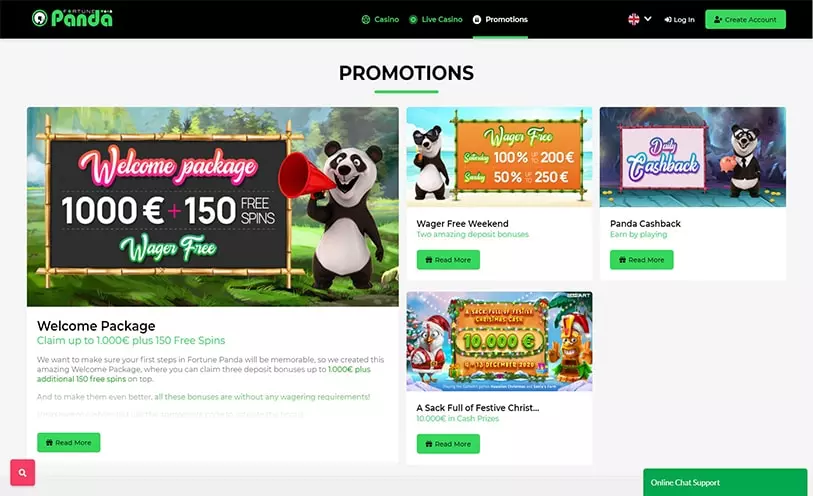Steps to Custom Native Android Development in The Best Way
Globally, mobile application users are split into Android, other platforms and iOS. While in mobile application development, you must choose your platform carefully. Apple and Google offer multiple tools and resources for native app development to build apps. To custom native android development, you will need an Android Studio tool, standardized interface elements, design guidelines, and various libraries. Through native android app development, you get quality, speed and functionality benefits.
However, for Custom Native Android Development in Vancouver BC you need to follow some steps.
Prototype
For a better custom native android mobile application, you need to take work with a prototype. If you get a Prototype to show customers for feedback, getting the desired features in your application will be quick. A quick, available prototype option is very feasible to know the in-demand features your customer might need. Get Custom Native Android Development in Vancouver through the prototype method.
Hardware feature Access
While application marketing, a unique hardware or software feature is highlighted as a descriptor string. To access hardware features like camera, GPS or compass, some restricted iOS features like payments, HealthKit, push notification or high-performance level like AR, Video games, VR, etc., needs native mobile application development. The common requirements you need to fulfil are a 64-bit environment, 250 GB free disk space, and 16 GB RAM. Exceeding these requirements can bring your application to the top list.
High-quality application
Passing the criteria is important if you want your application to be listed in the iOS app store or Android Play Store. Your application will have to go through strict and constantly changing acceptance criteria. A high-quality application with each criterion fulfilled will get you on the list and customers’ preferences. If you Custom Native Android Development in Vancouver with high-quality applications with platform guidelines, you will be listed at the top.
Hyper-competitive segment
The simple way to understand the hyper-competitive segment is keen observation to insights on application building. Creating a customer segment for each customer and their journey maps is an example of a hyper-competitive segment. Working out each feature specifically for every customer’s personal use. Each customer can use the feature in the method they want.
Key Takeaway
If you are considering custom android development for your product while aiming for a native application experience, there are many things to consider. The above steps will guide you to develop the best application. With Atimi, you get your desired application development in easier ways and means. Feel free to get in touch with us through our website for more details on the app development you need. We provide professional guidance and services in Custom Native Android Development in Vancouver BC.
You also book an appointment to start your development journey with our experts.
Ryan Carrey is the author of this article. To know more about Mobile Software Testing please visit our website: atimi.com



